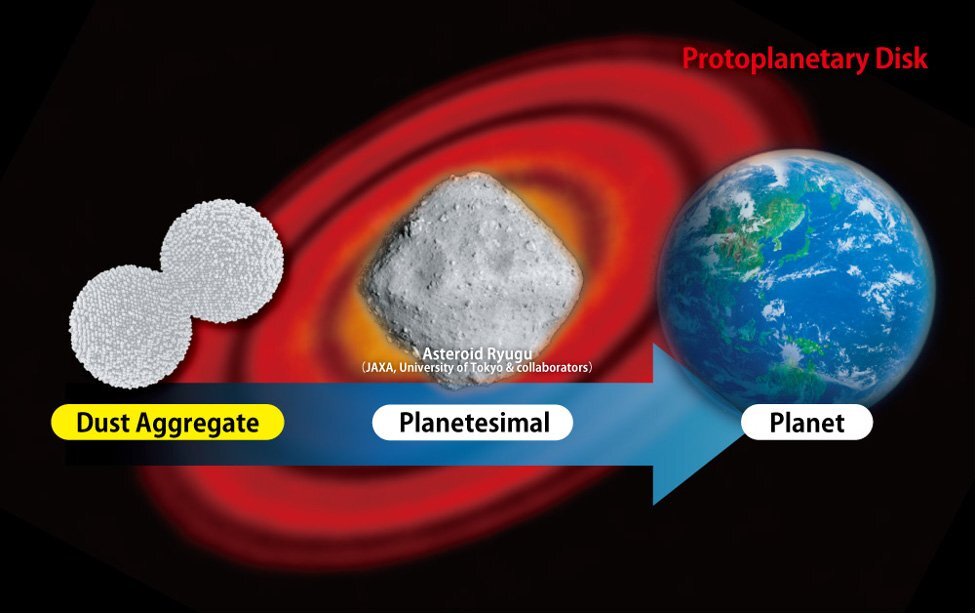Microparticle dust aggregates, which are believed to contribute to the formation of new planets, exhibit reduced stickiness after collisions when they are larger in size.
Existing evidence suggests that cosmic dust microparticles collide and adhere to form larger dust aggregates, which may eventually merge and evolve into planets. Accurate numerical models that describe the conditions necessary for these colliding microparticle aggregates to stick together, rather than separate, are crucial for understanding planetary evolution. Recent simulations indicate that as the size of dust aggregates increases, their likelihood of sticking together after a collision decreases.
A team of astrophysicists conducted numerical simulations of dust aggregate collisions using soft-sphere discrete element methods. The simulations involved equal-mass aggregates ranging in size from 10,000 to 140,000 microns. The discrete modeling system accounted for each individual particle within the aggregate, considering them as separate entities. The soft-sphere simulation assumed the rigidity of each particle but allowed for deformations during collisions.
Their modeling revealed that increasing the radius of microparticle dust aggregates decreased the probability of sticking, meaning that two aggregates were less likely to adhere and form a larger aggregate after a collision. The team published their findings in the Astrophysical Journal Letters.
“The formation process of kilometer-sized bodies, known as planetesimals, from cosmic dust, which represents the initial stage of planet formation, has been one of the major challenges in the theory of planet formation,” said Hidekazu Tanaka, one of the study’s authors and a professor at the Astronomical Institute in the Graduate School of Science at Tohoku University in Sendai, Japan.
2023-07-22 12:48:02
Source from phys.org
